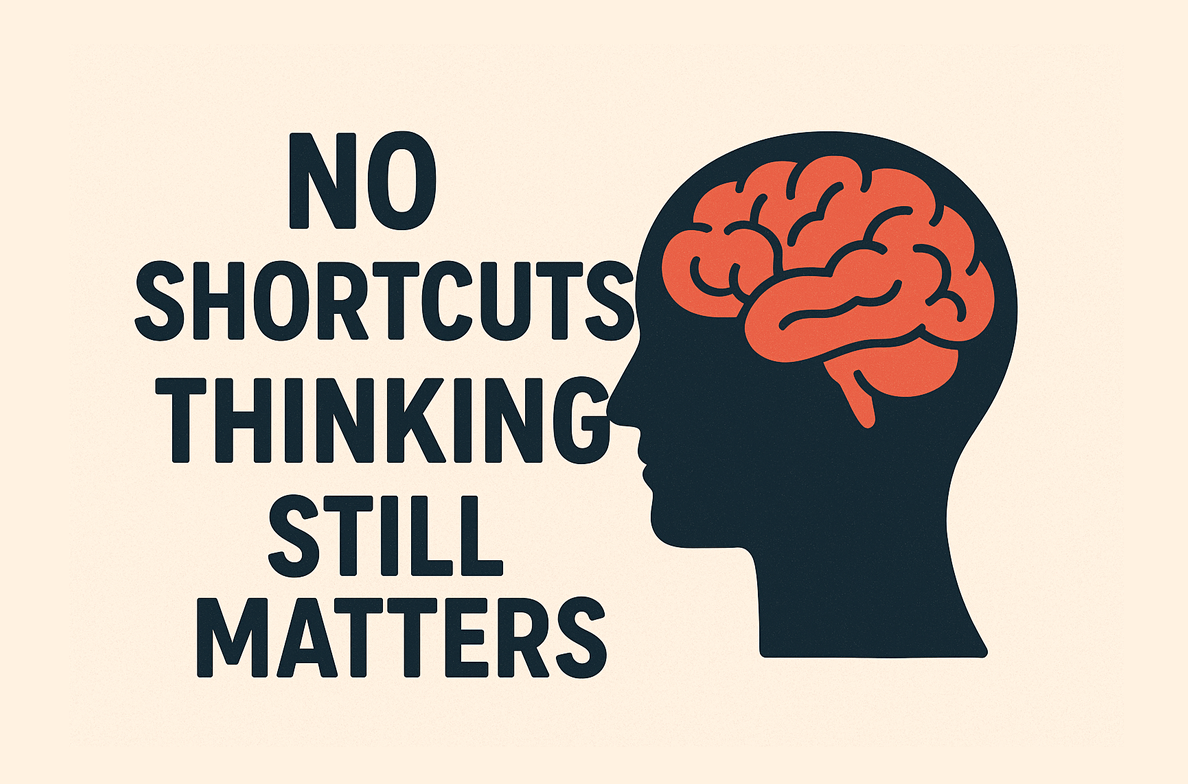Author: Dr Shen-Li Lee 
Studies show that children these days are spending less time playing outside – 64% of children in the UK, for example, play outside less than once a week. This is a worrying trend for parents, especially with childhood obesity steadily increasing. More and more children use handheld devices, such as tablets and mobile phones to access information, play and network with other children. In moderation, these technologies can have brain training and educational development benefits, but these are no match for physical activity in terms of overall health, cognitive development, and general wellbeing.
IMPROVING HEART HEALTH
Children require around 60 minutes of physical activity each day, with at least three days of rigorous activity and the rest at moderate intensity. Activities can include anything from swimming, skipping, jumping, dancing or climbing. As long as the children are moving and the activity increases their heart rate, it will contribute to overall heart health.
FOSTERING SOCIAL SKILLS

Much of the time spent sitting in front of a computer is solitary time, even if children are using online platforms like Facebook to chat and engage with their friends. Physical activity is vital for social and emotional development, and it improves confidence. Taking part in outdoor games, sports and activities teaches children important skills, such as teamwork, leadership, and empathy.
STIMULATING BRAIN DEVELOPMENT
Physical activity stimulates brain development in several ways:
- Exercise increases the flow of blood to the brain, which provide it with more oxygen and glucose – key components for improving alertness and mental focus.
- Activities that involve balance also encourage spatial and mental awareness. This can provide the framework for academic skills.
- Proprioceptive activities boosts working memory which is essential for learning and doing well in school.
- Exercise encourages the growth of new brain cells.
ENHANCING EMOTIONAL WELLBEING
Studies show that those who meet the recommended uptake of exercise each day reduce their chances of developing anxiety and depression. Physical activity also releases endorphins (happy hormones) that improve mood and boost confidence.
ENCOURAGING CHILDREN TO GET ACTIVE
There are many ways to incorporate educational activities into your child’s routine whilst ensuring they are getting an adequate amount of exercise.

Toddlers require around three hours of physical activity each day. You can easily incorporate this with easy, stay-at-home activities:
- games like balloon badminton, newspaper hockey
- dancing to music, musical statues
- follow the leader
- create an obstacle course from things you have lying around the house
You can also get children away from the computer or mobile phone screen and outside in the fresh air. Bouncy castles and inflatable toys are a fun way to get little ones moving and working up a bit of a sweat.
The benefits are clear – physical activity is good for your children’s general health, social skills, brain development, and emotional wellbeing. Now it’s time to get your children out there and active. They’ll thank you for this in their later years, or even before then.
This article originally appeared on Figur8.net here.



































